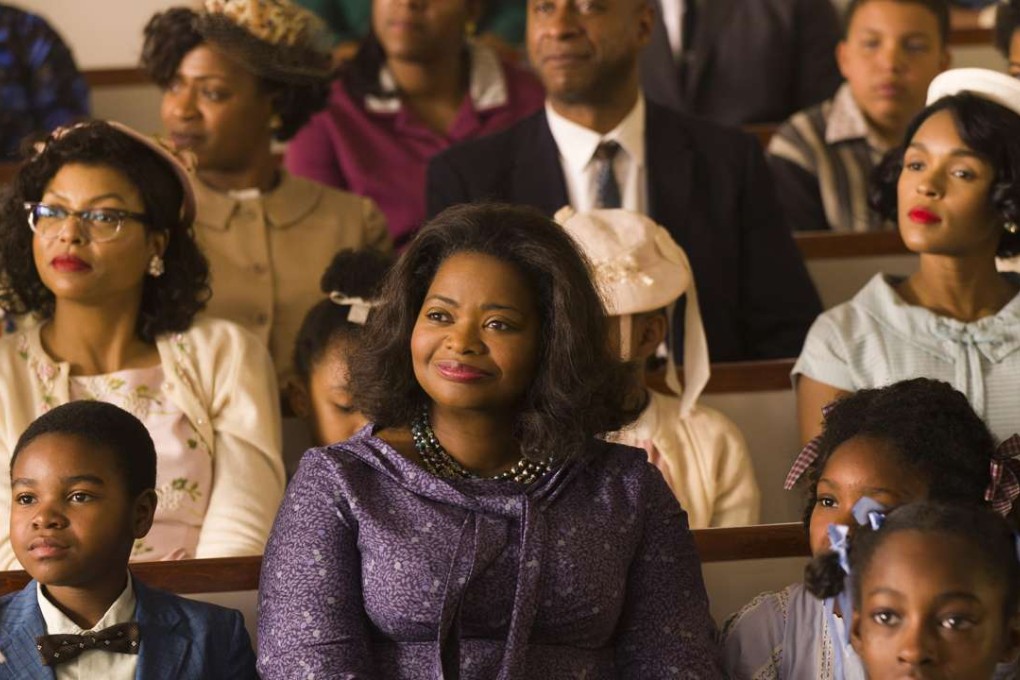Review | Film review: Hidden Figures – powerful tribute to three black women who helped Nasa in ’60s
Hidden Figures reveals the trials and tribulations of three black women who were instrumental in America’s space race in the pre-computer 1960s

4/5 stars
Hidden Figures approaches the issue of America’s racial segregation with a gentle touch, and is all the better for it. By skillfully avoiding polemical statements and scenes of high drama, as it follows three black women dealing with daily difficulties , the film sends a powerful message about the evils of racism.
The fact that the story takes place in the 1960s, when the US was trailing Russia in the space race, adds extra interest to an already engaging tale. The three “hidden figures” at the centre of this true story, based on a 56-page book proposal by Margot Lee Shetterly, are mathematical geniuses who worked at NASA, doing the maths for rocket launches in the pre-computer age.

